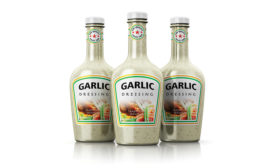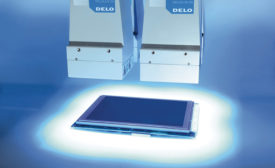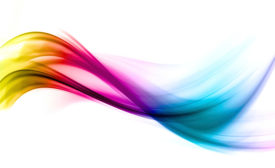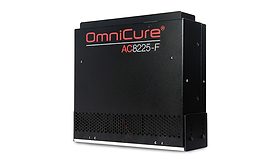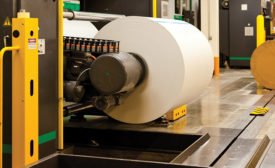Home » ultraviolet (UV) curing
Articles Tagged with ''ultraviolet (UV) curing''
Market Trends
Growth in the UV-curable ink market is being spurred by increased use in food and beverage packaging.
Read More
Curing Adhesives: When Less Intensity Is More
More intensive curing lamps can accelerate the production process of light-curing adhesives, but only up to certain limits.
February 1, 2016
Top 5 News that Sticks
Readers Most Interested in 3M Sales Announcement
News about 3M selling its foam adhesive business garnered the most reader interest.
February 1, 2016
Using Multi-Zone Irradiance Control in UV LED Systems
Advancements with innovative technology in LED arrays provide advantages to products with multilinear surfaces.
October 1, 2015
Keep the info flowing with our eNewsletters!
Get the latest industry updates tailored your way.
JOIN TODAY!Copyright ©2024. All Rights Reserved BNP Media.
Design, CMS, Hosting & Web Development :: ePublishing
